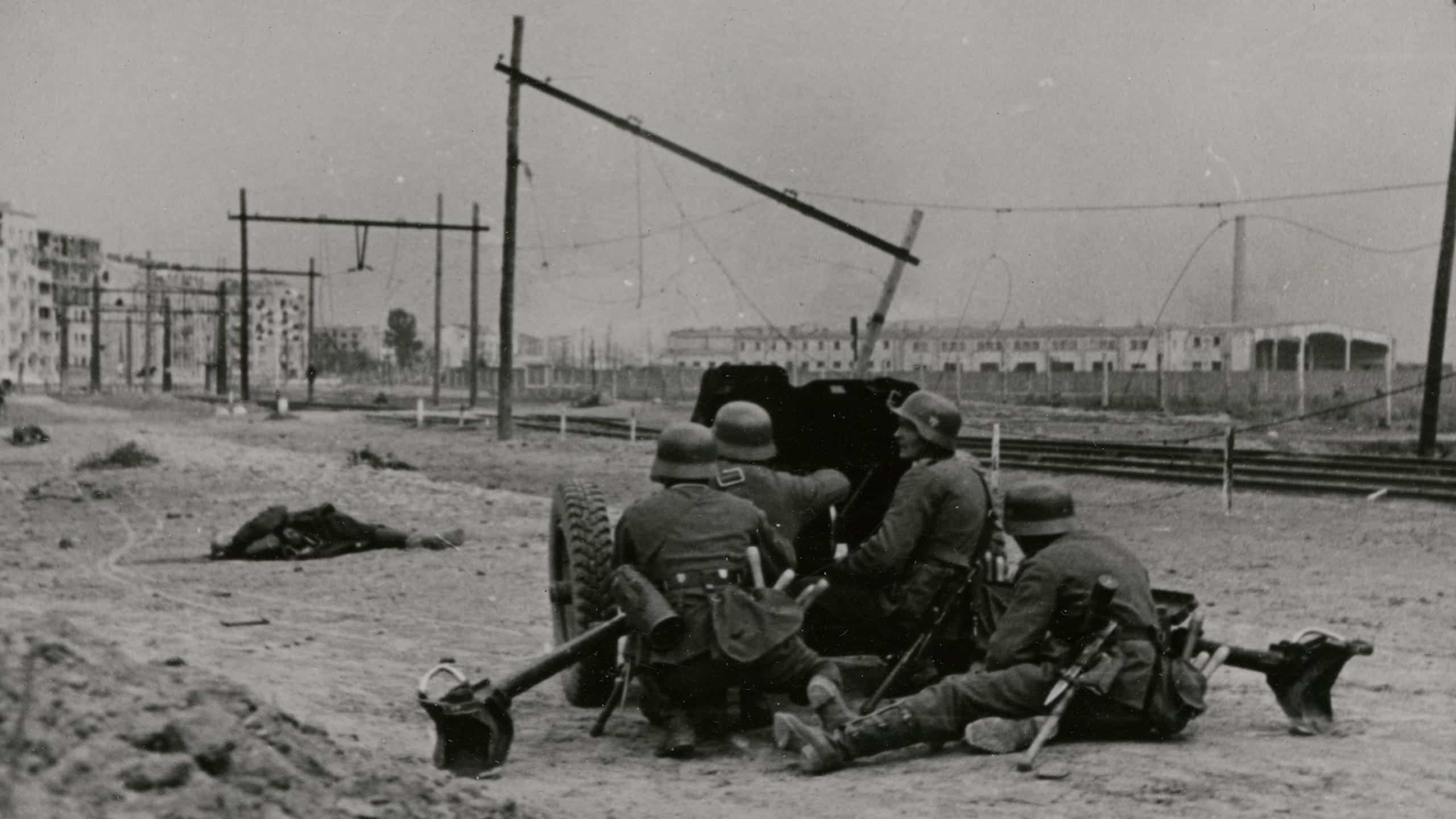German anti-tank weapons played a critical role in the Wehrmacht’s efforts to counter the growing power of Allied armored forces during World War II. From the invasion of Poland in 1939 through the final battles of 1945, Germany fielded a wide variety of anti-tank systems to address the evolving challenges posed by increasingly well-armored enemy vehicles. These ranged from traditional artillery pieces and infantry-carried rocket launchers to magnetic charges, improvised explosives, and even remote-controlled demolition vehicles.
As the war progressed and enemy armor became thicker and more resistant, Germany’s anti-tank doctrine adapted through both innovation and necessity. Weapons that were once effective quickly became obsolete, prompting the rapid development of more powerful systems and unconventional solutions. This article provides a detailed, fact-based examination of the full spectrum of German anti-tank weapons used during World War II, organized by type and focused solely on historically documented equipment.
Primary Anti-Tank Guns
The German army had a core of towed artillery pieces designed specifically to destroy enemy armor at medium to long ranges. These guns formed the backbone of infantry and armored division anti-tank capabilities.
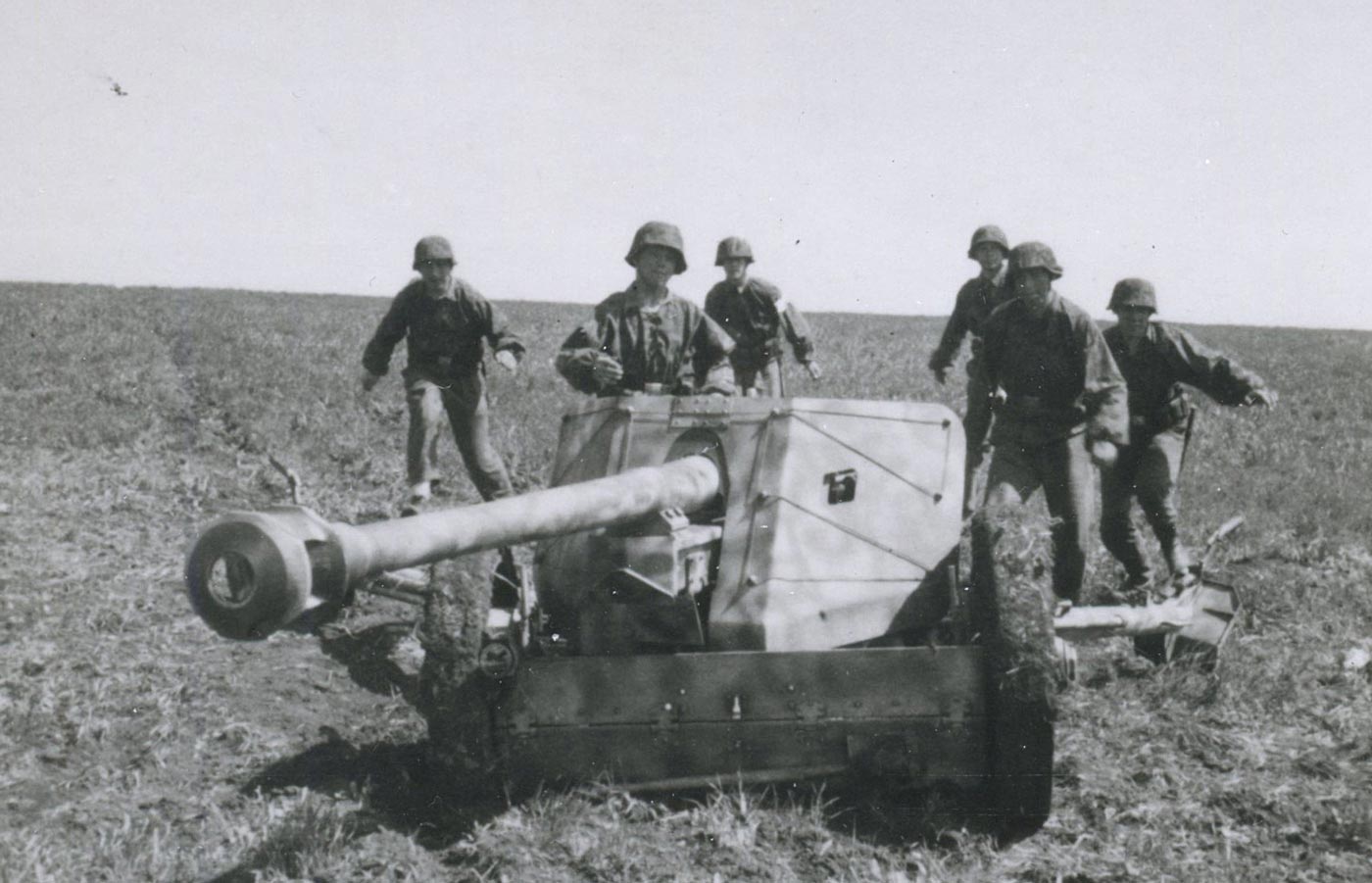
Germans had a great deal of hard-earned experience in dealing with the Soviet tanks on the Eastern Front. These battles against the Red Army meant that when the Allied forces landed in Normandy in 1944, German troops had formidable antitank guns with the experience in how to best use them.
3.7 cm Pak 36
The 3.7 cm Pak 36 was Germany’s standard anti-tank gun at the outbreak of the Second World War and was fielded in large numbers by Wehrmacht units. Light, relatively easy to move, and simple to operate, the Pak 36 performed adequately against the thin armor of early-war light tanks and armored cars encountered in Poland, France, and the Low Countries. Its 37mm armor-piercing rounds were capable of penetrating the lightly protected vehicles of that period, which initially made it a useful infantry support weapon.
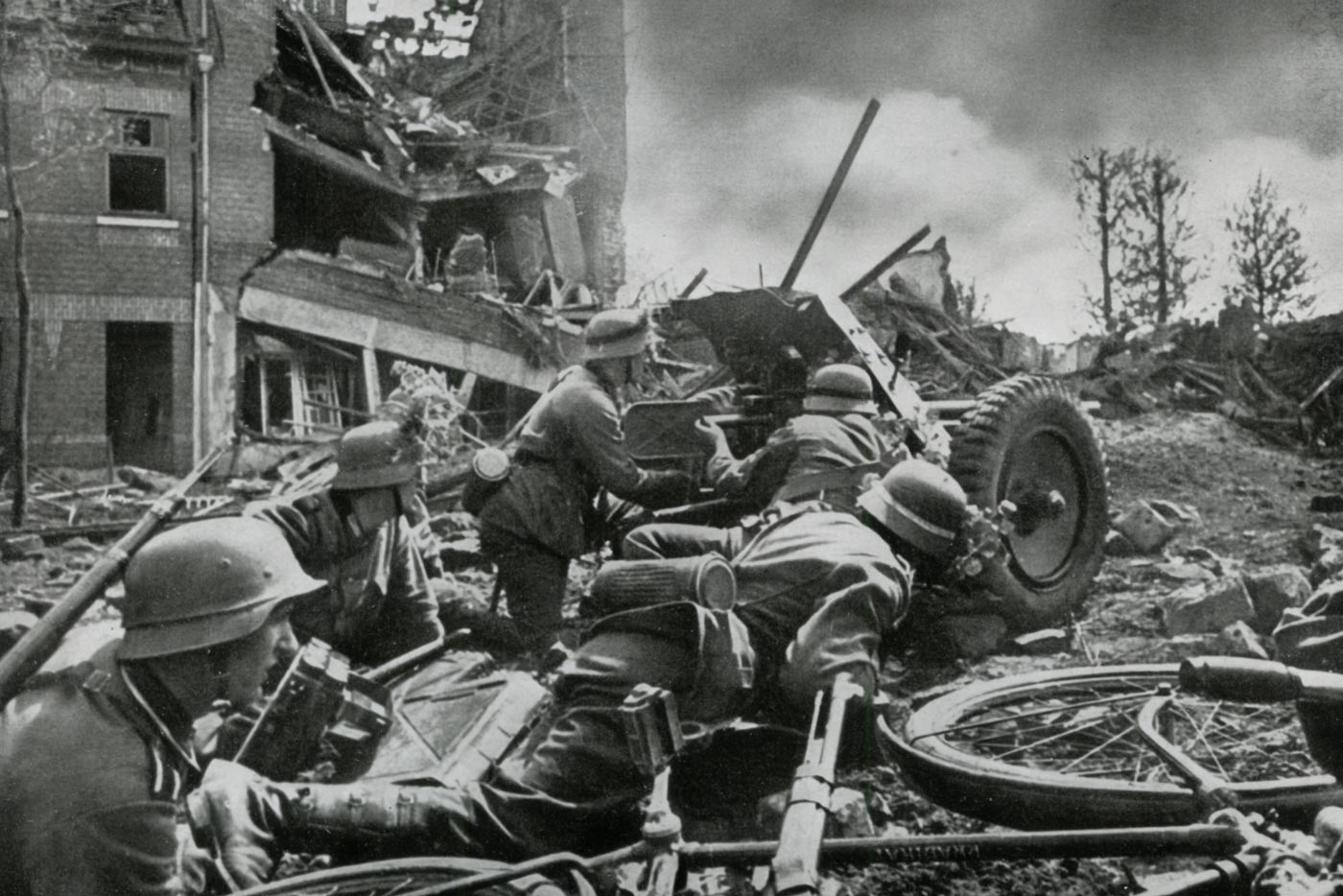
However, as the war progressed, the Pak 36’s effectiveness rapidly declined. With the introduction of more heavily armored British Matilda tanks, Soviet T-34s, and later American Shermans, its small caliber round was no longer capable of reliably defeating enemy armor. This earned the gun the derisive nickname “door knocker” (Heeresanklopfgerät) among German troops, reflecting its lack of stopping power against modern tanks.
5 cm Pak 38
The 5 cm Pak 38 was developed to replace the underpowered 3.7 cm Pak 36 and to provide German infantry with a more capable anti-tank weapon. Designed by Rheinmetall and introduced in 1940, the Pak 38 fired a 50mm armor-piercing projectile that offered a significant improvement in penetration over its predecessor. With a longer barrel and higher muzzle velocity, it could effectively engage most medium tanks of the early war years, making it a valuable asset during the invasions of the Soviet Union and North Africa campaigns.
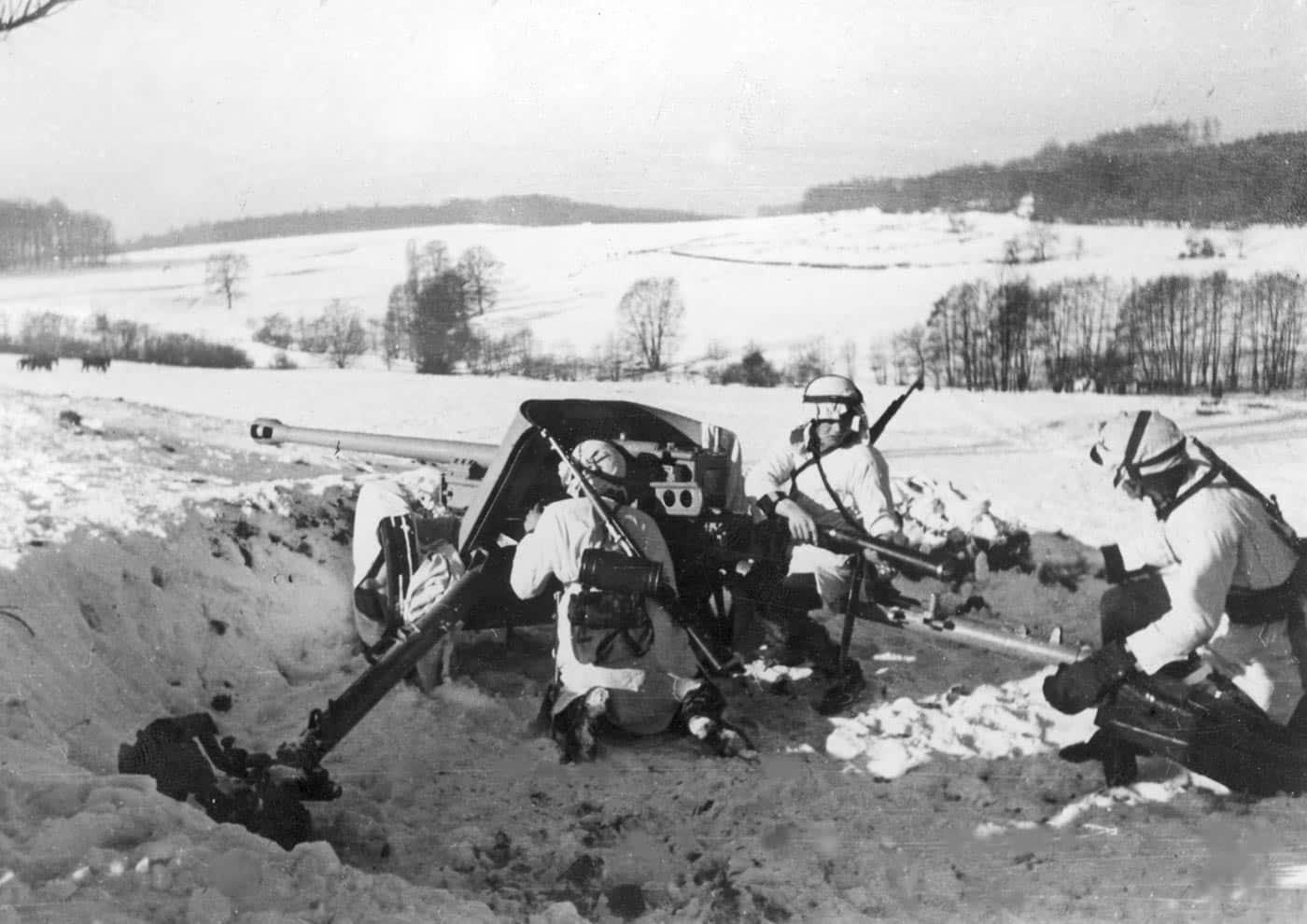
Light enough to be moved by its crew yet sturdy in construction, the Pak 38 was versatile on the battlefield. It was especially respected during the initial stages of Operation Barbarossa in 1941, when its rounds could penetrate the armor of many Soviet tanks. However, the sudden appearance of the heavily armored T-34 and KV-1 revealed its limitations. While still dangerous to lighter vehicles, the gun increasingly struggled against these new designs, requiring German crews to aim for vulnerable side or rear armor at closer ranges.
7.5 cm Pak 40
Introduced in 1942, the Pak 40 became the Wehrmacht’s most widely used and effective anti-tank gun. It could penetrate the armor of most Allied tanks at ranges exceeding 1,000 meters. Despite its weight, which limited mobility, it remained a mainstay through the end of the war.
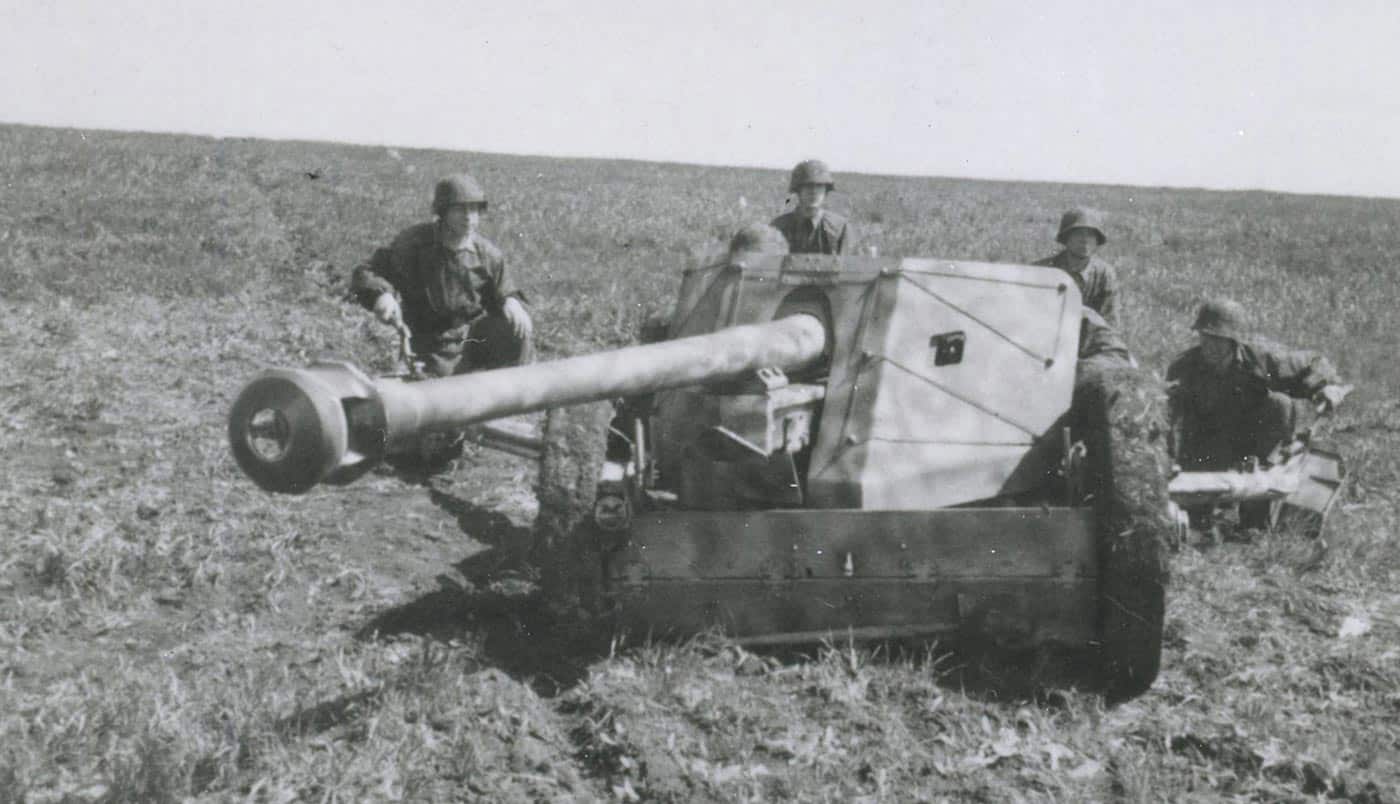
8.8 cm Pak 43
Based on the powerful 88mm Flak gun, the Pak 43 was specifically designed for anti-tank use. It had exceptional armor penetration and could defeat any Allied tank at long range. However, its large size and production complexity limited its deployment.
8.8 cm FlaK 18/36/37
Though originally an anti-aircraft gun, the “88” quickly gained fame as a dual-purpose weapon due to its devastating performance against tanks. Its high muzzle velocity and range made it highly effective in both offensive and defensive roles. Read more about the German 88mm FlaK guns here.
4.2 cm Pak 41
The 4.2 cm Pak 41 was one of the more unusual German anti-tank weapons of the war, designed around the principle of the Gerlich squeeze-bore system. Its barrel tapered from 42mm at the breech to 28mm at the muzzle, forcing the projectile into a smaller diameter as it traveled down the barrel. This dramatically increased muzzle velocity and gave the round excellent armor penetration for such a compact weapon. In its early combat use, the Pak 41 proved capable of defeating armor that was resistant to more conventional guns of similar size.
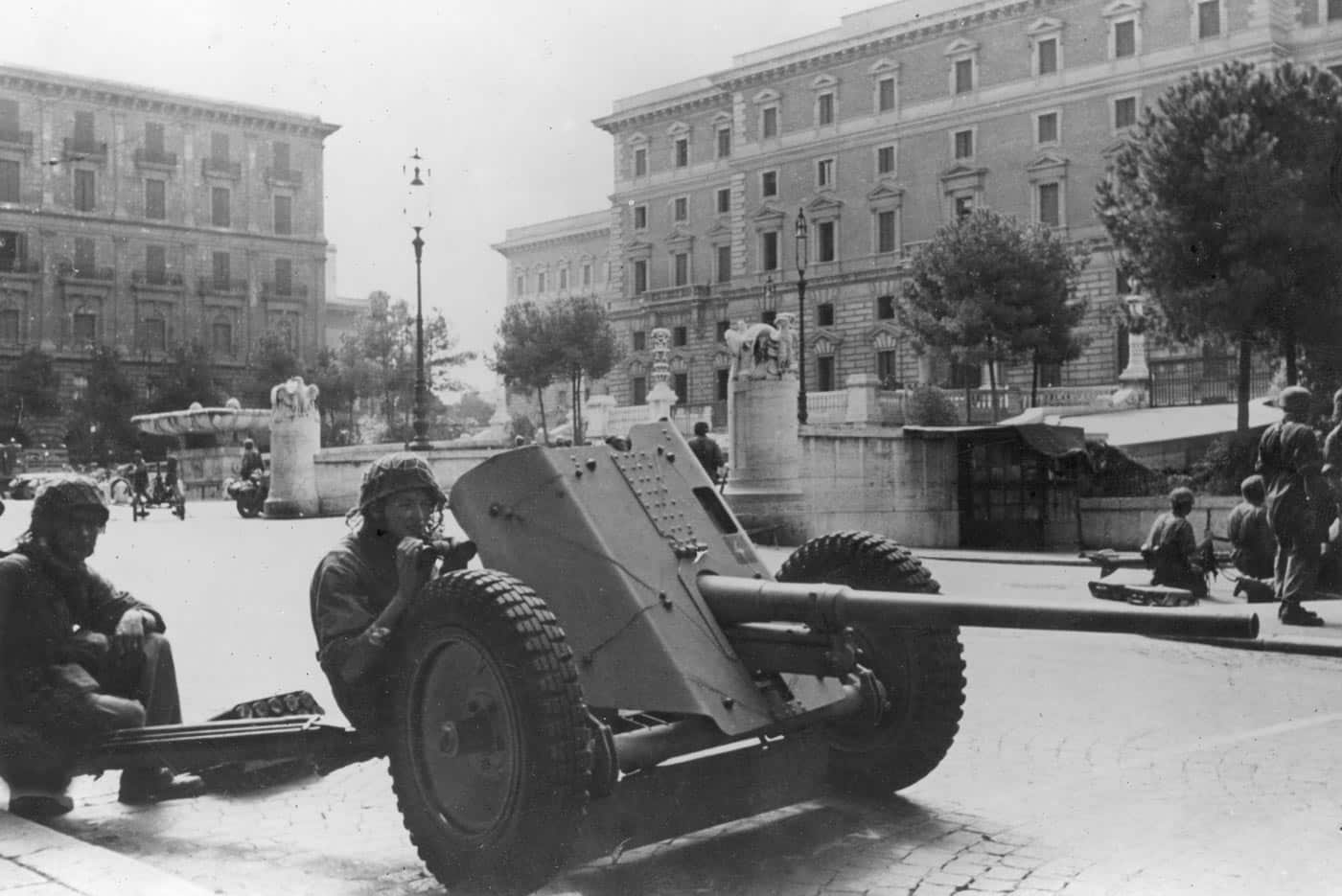
However, the Pak 41’s effectiveness was undermined by Germany’s limited access to tungsten, which was required to manufacture its specialized ammunition. As supplies dwindled, production of the necessary rounds became increasingly difficult, and the gun’s battlefield presence was reduced. Additionally, its unusual design made it more complicated to produce and maintain than standard anti-tank weapons. As a result, the 4.2 cm Pak 41 saw only limited deployment, with relatively small numbers issued to frontline units.
Rocket Launchers and Infantry Anti-Tank Weapons
Germany developed handheld and crew-served anti-tank launchers to give infantry units the means to destroy tanks in close-quarters combat, especially as Allied armor became more common. German infantry could operate in efficient tank killer teams which caused a great deal of problems for American and British tanks.
Panzerfaust
A single-use recoilless launcher that fired a shaped-charge warhead, the Panzerfaust was inexpensive, simple to use, and effective at close range. Different models offered ranges between 30 and 100 meters. It became the most widely issued German anti-tank weapon in the late war.
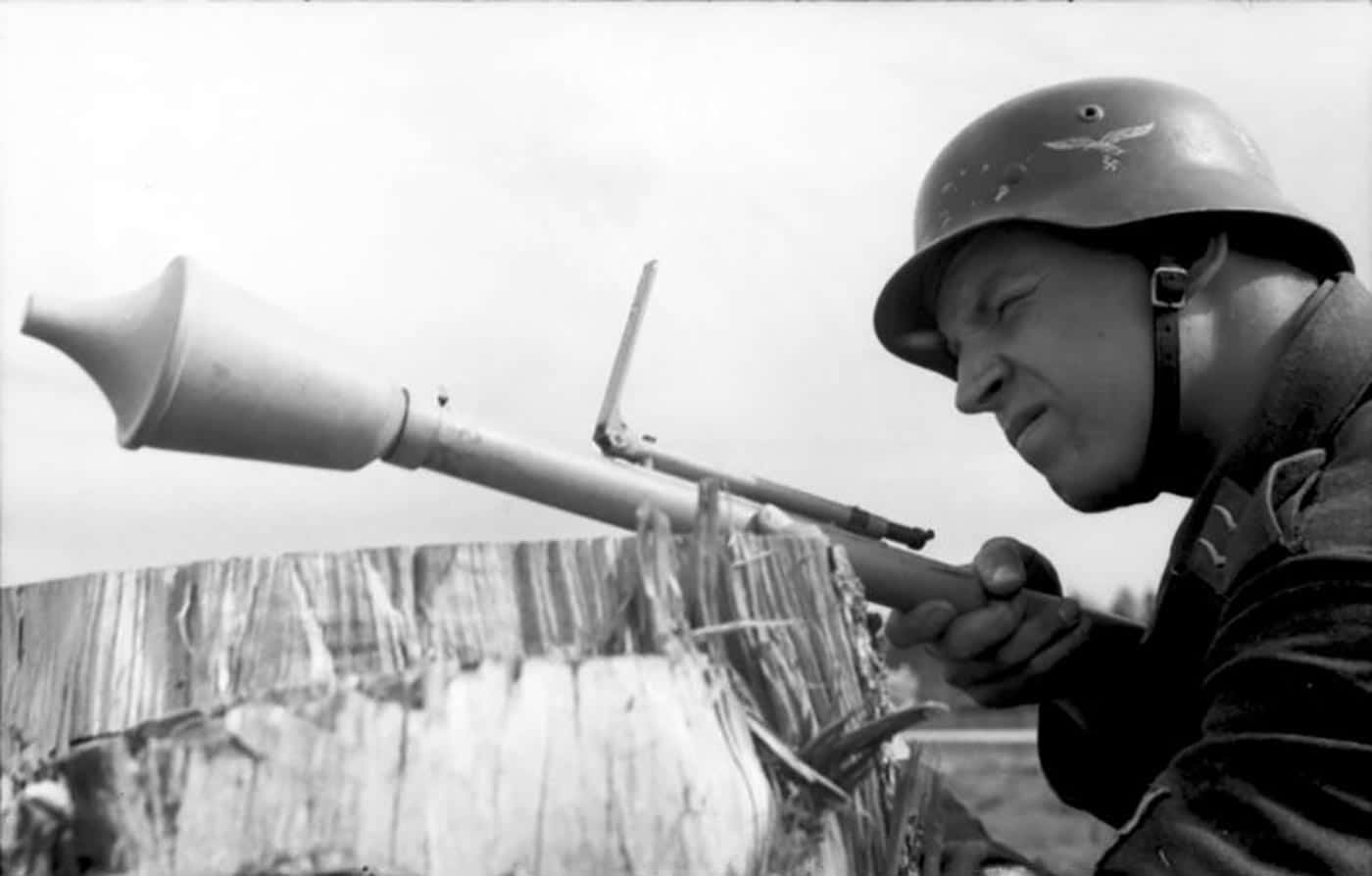
Read Will Dabbs’ article on the Panzerfaust for more information on these.
Panzerschreck
A reusable rocket launcher modeled on the American Bazooka, the Panzerschreck fired an 88mm rocket capable of penetrating heavy armor. It was effective to approximately 150 meters and required a two-man team to operate.
Don’t miss this article on the Panzerschreck anti-tank rocket launcher.
Raketenwerfer 43 Puppchen
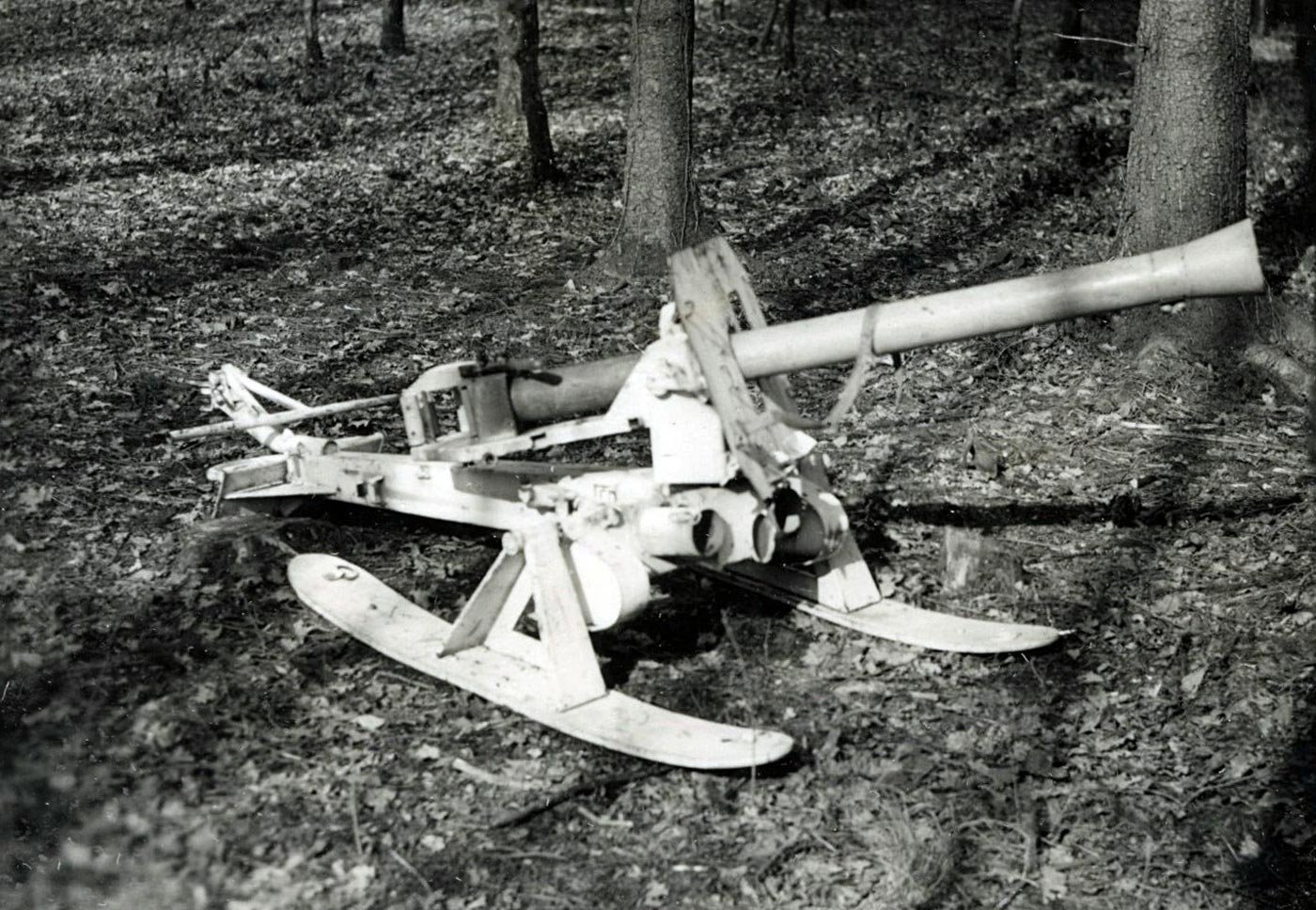
This lesser-known launcher fired rockets with warheads the same as the Panzerschreck but did so from a wheeled carriage. It offered significantly improved accuracy and range but was heavier and more complex, limiting its use. It saw only limited deployment with a mere fraction manufactured as compared to the Panzerschreck and Panserfaust.
Anti-Tank Rifles
The introduction of tanks in World War I led to the development of antitank rifles. AT rifles, common before the widespread use of shaped charges, were part of German doctrine during the interwar years and early in the Second World War. These high-velocity rifles were designed to pierce armor with kinetic energy.
Panzerbüchse 39 (PzB 39)
The Panzerbüchse 39 was a single-shot anti-tank rifle using a tungsten-cored 7.92x94mm Patronen round. The PzB 39 was developed from the earlier Panzerbüchse 38, but the older gun was simply too heavy at 35 pounds. Roughly 1,400 of the PzB 38 rifles were made before prduction was switched to the 39.
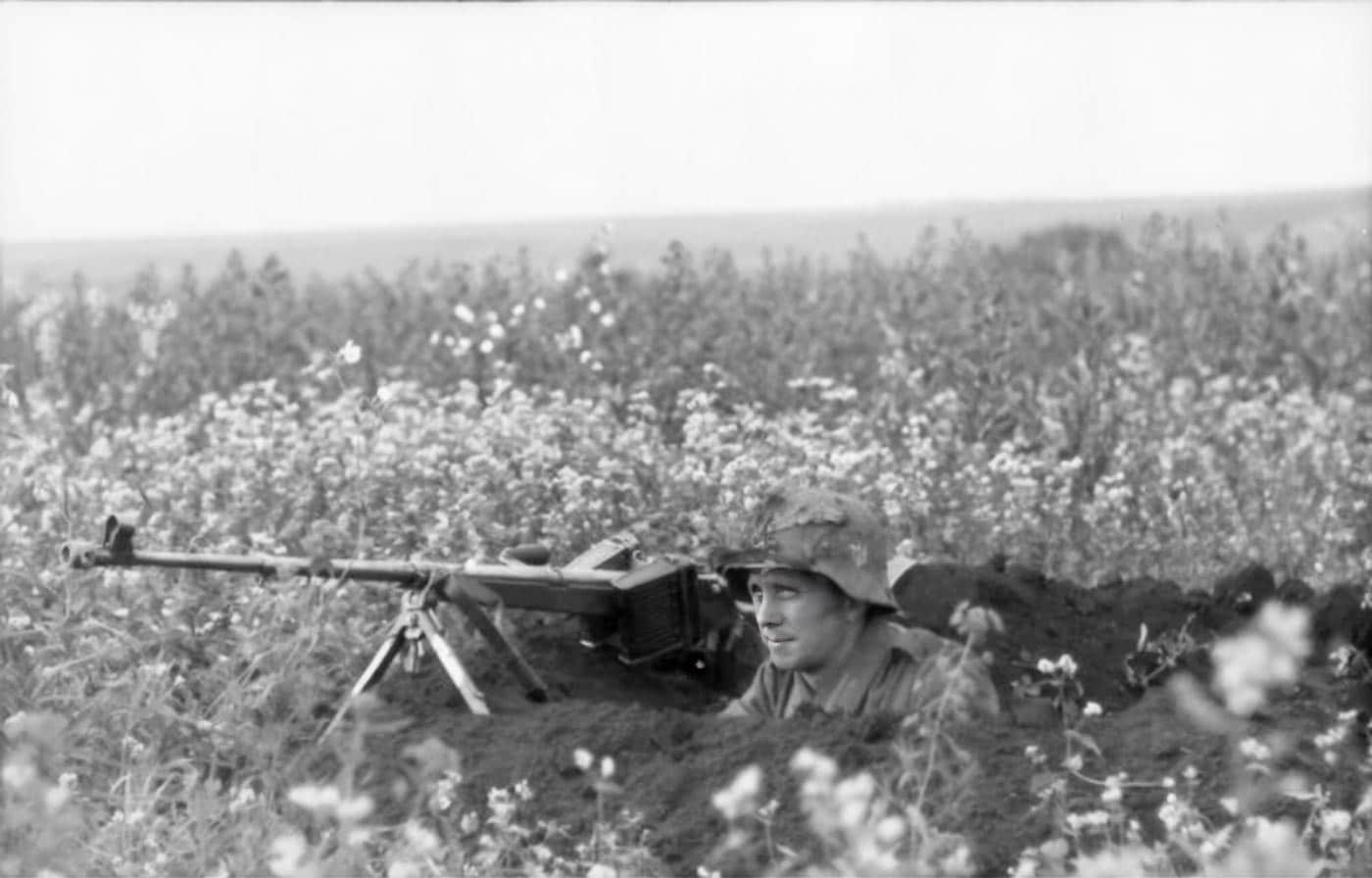
The reworked Panzerbüchse 39 was adequate against early-war light tanks but quickly became obsolete as armor improved. Its use declined sharply after 1941. Although its effectiveness was marginal later in the war, more than 39,000 of the rifles were made and deployed with infantry units.
2.8 cm schwere Panzerbüchse 41 (sPzB 41)
This was a tapered-bore weapon that reduced from 28mm to 20mm at the muzzle. It achieved extremely high velocities and was effective against light and some medium armor. Its use was constrained by tungsten shortages.
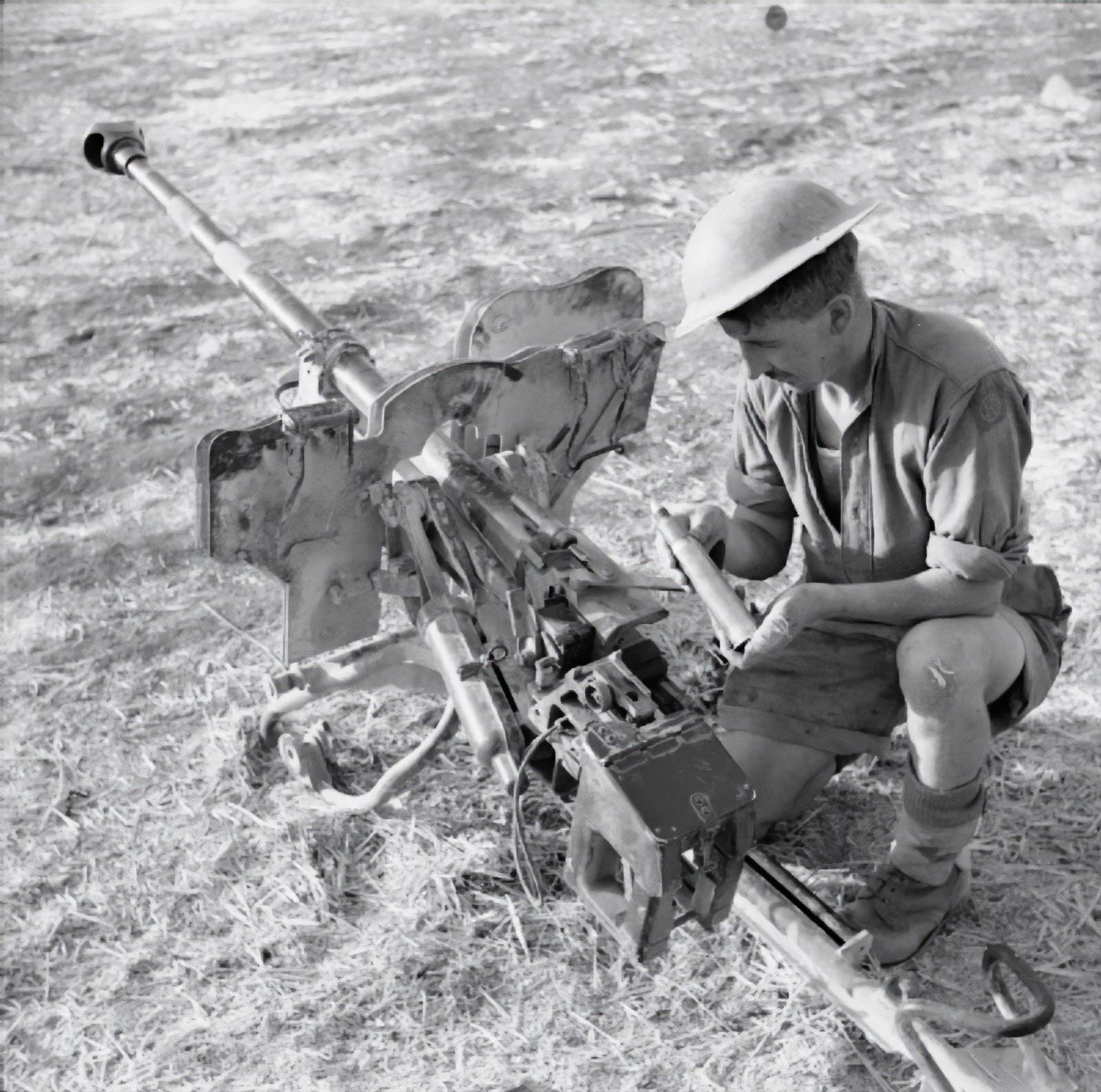
Mines and Anti-Tank Charges
To delay or destroy enemy armor, German forces employed a variety of mines and manually placed charges, especially in defensive operations.
Teller Mines (T.Mi. 35, 42, 43)
These were standard German anti-tank mines with a large explosive charge. When triggered under a tank’s track or belly, they could immobilize or destroy the vehicle. They were widely deployed on all fronts.
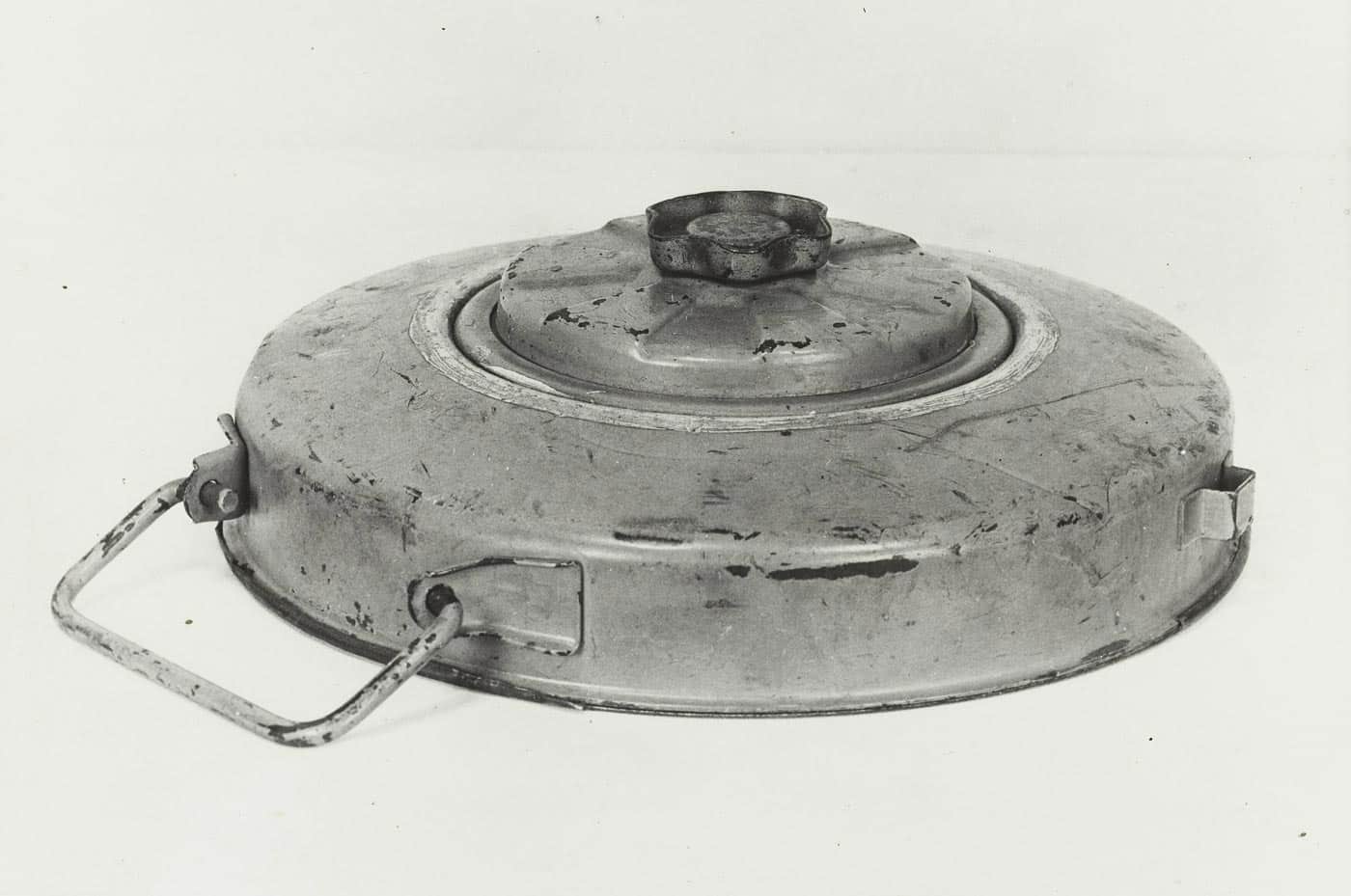
Riegelmine 43
A long, bar-shaped anti-tank mine designed to increase coverage area, the Riegelmine was effective against both tracked and wheeled vehicles. It was commonly used in minefields alongside Teller mines.
Hafthohlladung 3 (Magnetic Charge)
This was a shaped-charge explosive with magnets for attaching to enemy tanks. It required close approach by infantry, but it was capable of penetrating heavy armor. It was issued to assault engineers and tank-hunter teams.
Specialized Anti-Tank Weapons
German engineers also explored unconventional anti-tank weapons, including remote-controlled vehicles and modified flare pistols.
Leichter Ladungsträger Goliath (Sd.Kfz. 302 and 303)
The Goliath was a small, tracked vehicle controlled by cable and packed with explosives. It was driven under enemy tanks or bunkers and detonated. While conceptually advanced, its slow speed and vulnerability limited effectiveness.
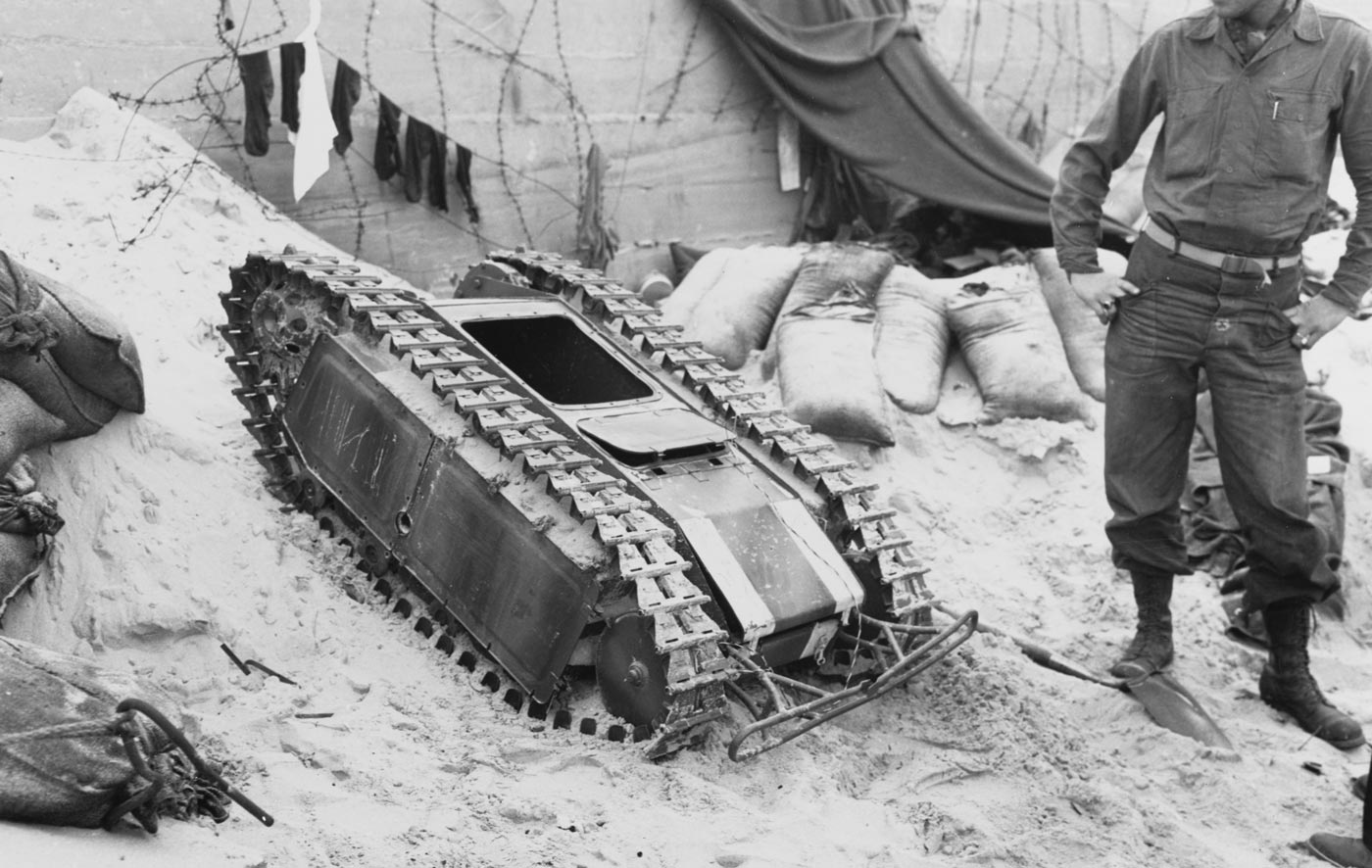
It was used during battles such as Anzio, Normandy, and the Warsaw Uprising. Don’t miss Tom Laemlein’s article on Germany’s Goliath tracked mines.
Kampfpistole
A rifled flare pistol adapted to fire explosive rounds. Though not designed for anti-tank combat, it could fire small grenades. Documentation does not support its effectiveness against armored vehicles.
Sturmpistole
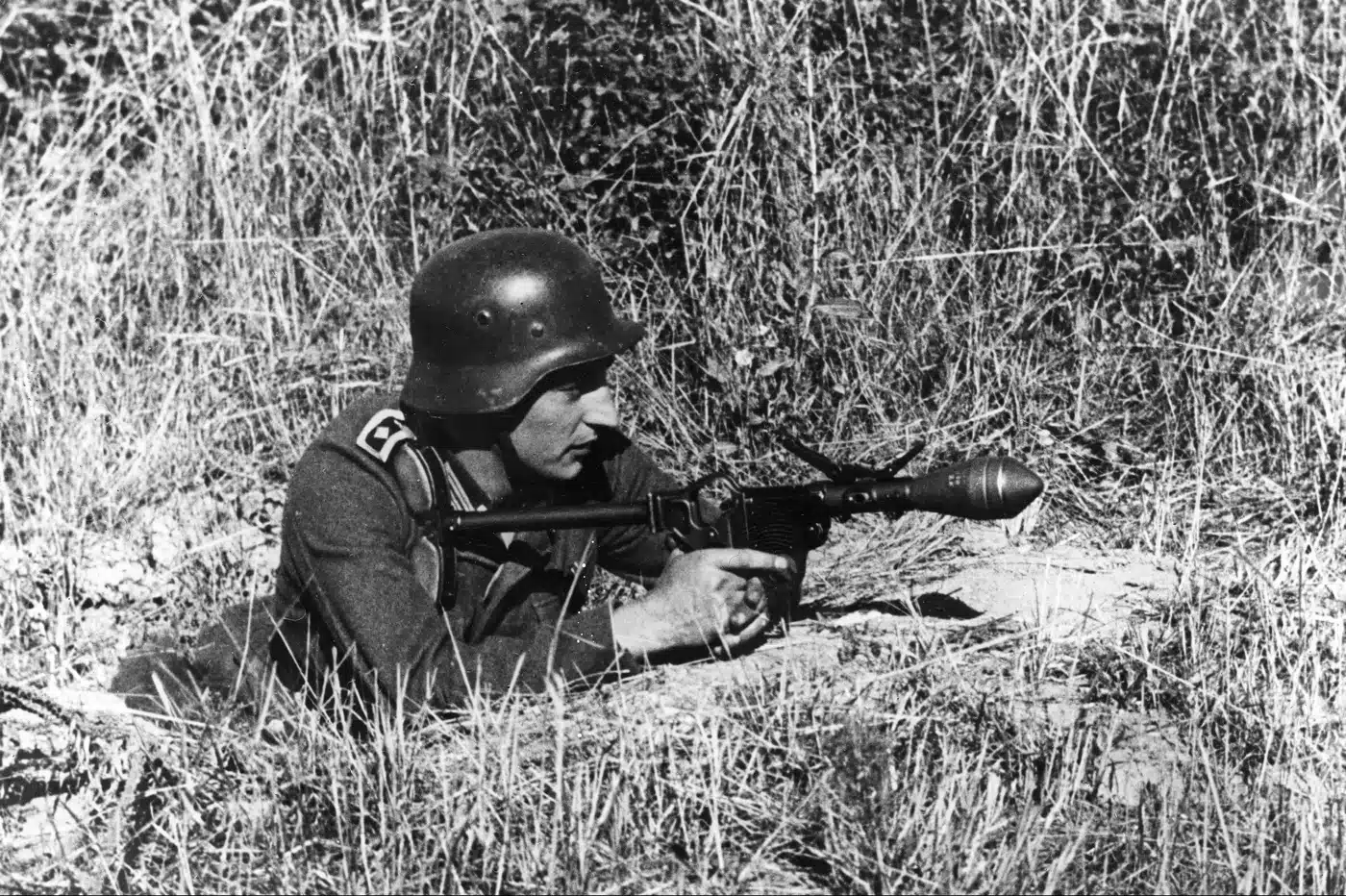
A further adaptation of the flare pistol, fitted with a sight and capable of firing shaped-charge projectiles (Panzerwurfkörper 42 LP). It could theoretically penetrate 80mm of armor but required dangerously close range. It saw limited battlefield use late in the war. You can read more about the German Sturmpistole here.
Geballte Ladung
An improvised explosive charge created by bundling together stick grenades. Used by infantry against vehicles and bunkers, its effectiveness against tanks was limited and required close proximity.
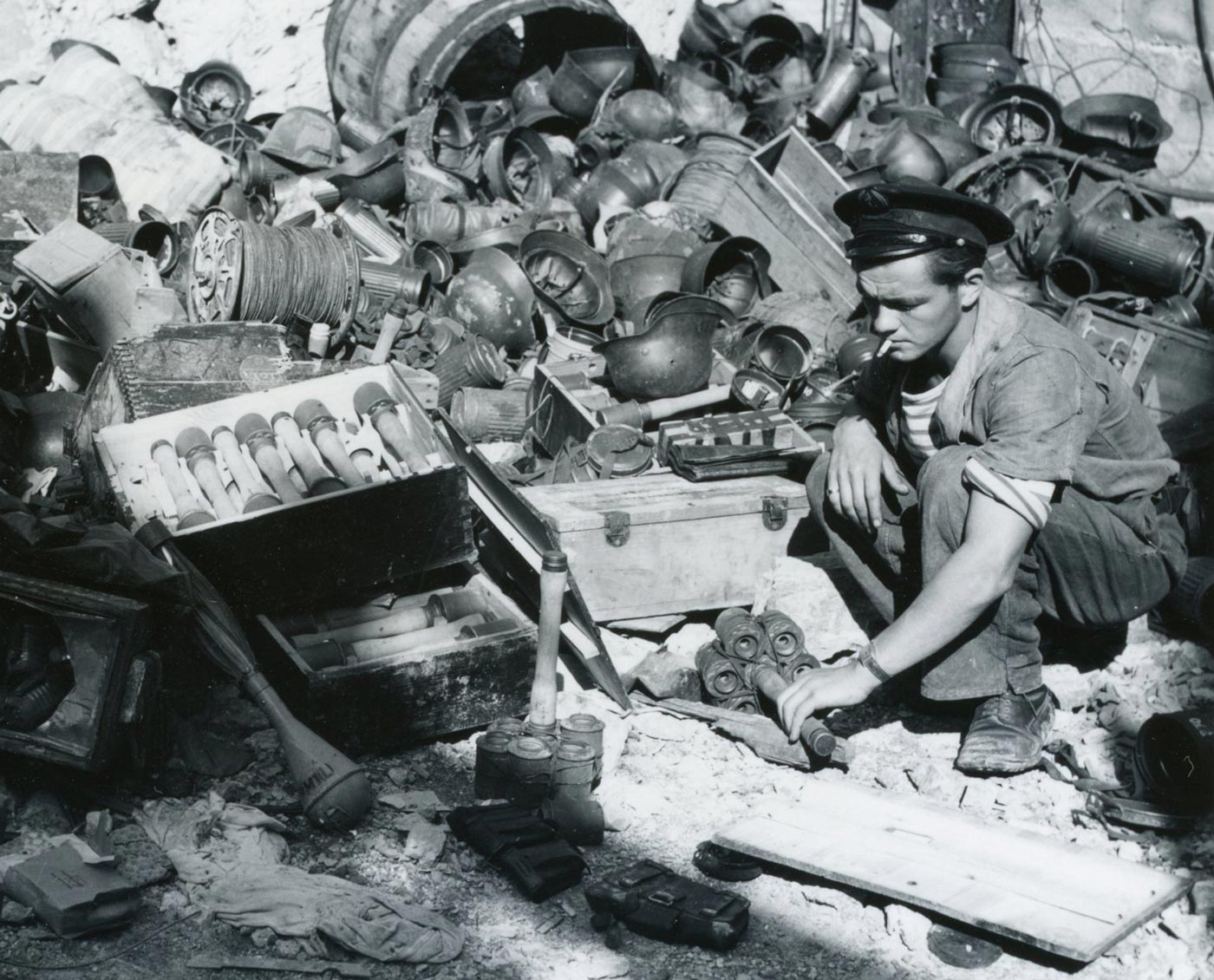
Captured and Foreign Weapons
Germany often used captured anti-tank weapons from enemy forces, especially during equipment shortages later in the war. This included Soviet anti-tank rifles like the PTRD and PTRS and British PIAT launchers. These were generally used as-is or with minor modifications, and documentation confirms their use on both Eastern and Western Fronts.
Final Thoughts
Germany’s anti-tank efforts during World War II ranged from sophisticated artillery pieces and rocket launchers to desperate, close-combat solutions and remote-control explosives. As the war progressed and the armor of Allied tanks improved, Germany responded with increasing innovation, though often constrained by resource shortages and logistical realities.
While some weapons like the Pak 40 and Panzerfaust proved highly effective, others like the Goliath and Sturmpistole demonstrated more about Germany’s strategic desperation than battlefield success. Together, these weapons paint a detailed picture of how one of the most technologically advanced militaries of the era attempted to counter the growing might of Allied armor.
Editor’s Note: Please be sure to check out The Armory Life Forum, where you can comment about our daily articles, as well as just talk guns and gear. Click the “Go To Forum Thread” link below to jump in and discuss this article and much more!


